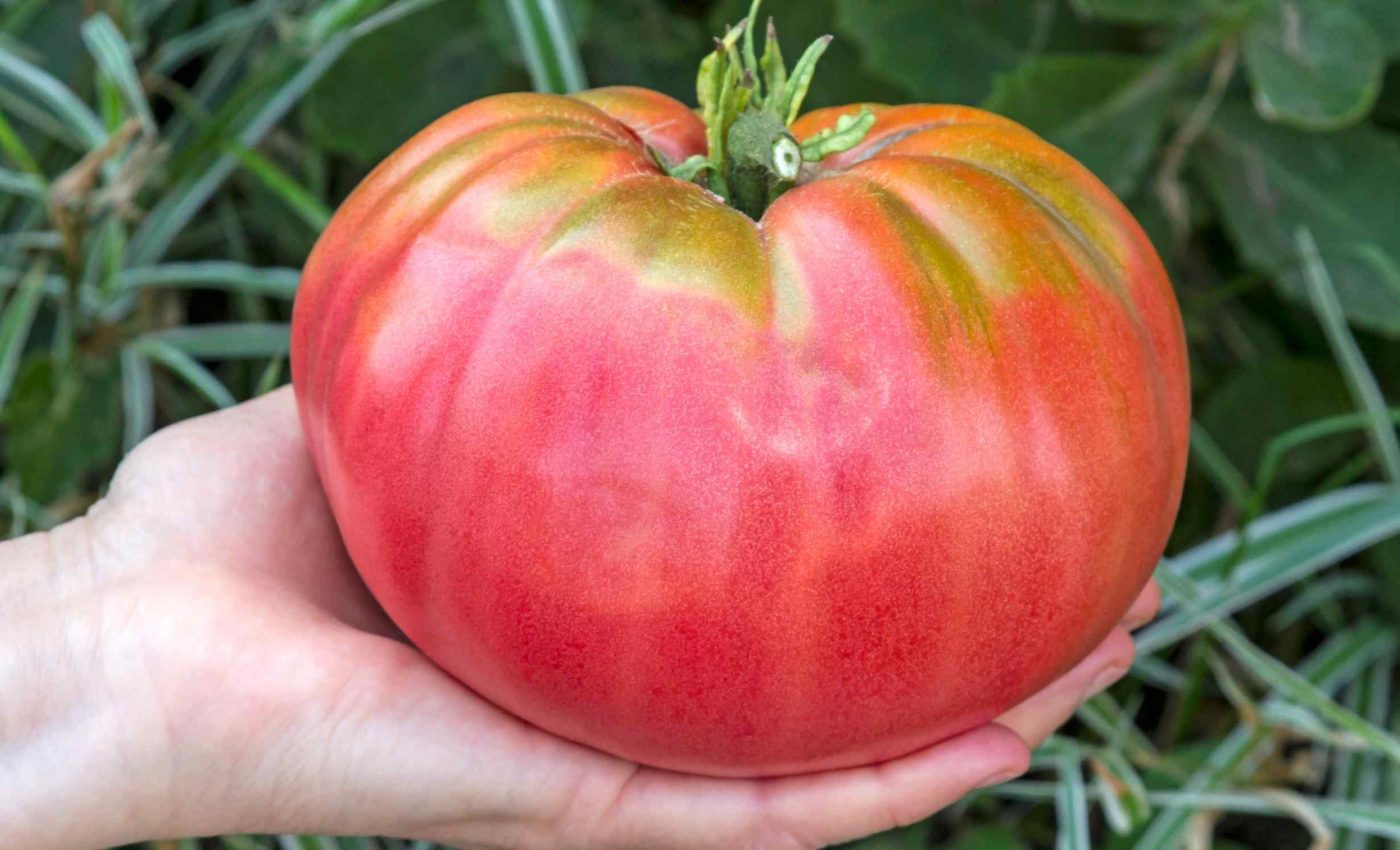
Scientists use gene editing to make tomatoes that are 30% sweeter and healthier
Fruit lovers often complain that supermarket tomatoes look gorgeous yet taste flat. Now a team in China has shown that gene editing can produce sweeter tomatoes without sacrificing productivity.
Chinese researchers used CRISPR-Cas9 scissors to switch off two “sugar-brake” genes, thus boosting glucose and fructose in ripe fruit by about 30 percent while harvest weight stayed steady.
The project is led by plant molecular geneticist Jinzhe Zhang at the Agricultural Genomics Institute, Chinese Academy of Agricultural Sciences in Shenzhen.
A century-long flavor tradeoff
The tomato’s wild ancestor was a berry scarcely wider than a pencil eraser yet rich in taste. Selective breeding for size inflated modern fruit up to a hundred-fold, but diluted sugars because the plant now spreads its photo-assimilates across far more cells.
Consumers have noticed. Panels comparing 152 heirloom and commercial tomato varieties found that sweetness contributes roughly half of overall liking, and that modern, shelf-friendly lines underperform older, sweeter ones.
Growers, though, have stuck with large cultivars because yield still sets farm income. Breaking the biological link between weight and soluble solids content has therefore become a prime target for breeders.
Gene editing a double brake on sugar
Zhang’s group discovered that two calcium-dependent protein kinase genes, SlCDPK27 and SlCDPK26, tag a key sucrose-processing enzyme for destruction. Knocking both out lets the enzyme stay active longer, which channels more sucrose into the fruit during late ripening.
“Gene-edited SlCDPK27 and SlCDPK26 knockouts increased glucose and fructose contents by up to 30 percent, enhancing perceived sweetness without fruit weight or yield penalty,” explained Zhang.
Field plots in Beijing and Shouguang produced the same number of tomatoes per plant, proving that sweeter tomatoes can be just as productive.
The team did note slightly lighter seeds, but germination rates stayed normal. That means growers will not sacrifice next season’s seedlings for better-tasting fruit.
Sweeter fruit were once smaller
Physiologists have long shown that a tomato has a fixed pool of sugars to distribute. Enlarging each berry forced that sugar to spread thinly, which decreased the concentration that our tongues detect.
By editing only ripening-stage regulators, the Chinese team avoided tampering with early growth, so the fruit still fills out before sweetness rises. The strategy mirrors recent work in maize and strawberries and could apply to apples, pears, and oranges, which carry related sugar-brake genes.
The approach also dodges the yield dip seen when breeders simply crank up sugar-making enzymes across all tissues. With the brakes released only in the ripening fruit, leaves keep enough carbohydrate for photosynthesis and plant health.
Taste buds say yes to sweeter tomatoes
In two tasting panels totaling about 200 volunteers, 60 percent of participants picked the gene-edited tomatoes as sweeter, even in blind comparisons. The statisticians confirmed that preference exceeded chance, and matched the biochemical jump in sugars.
Sensory data back earlier market surveys showing that shoppers will pay more for fruit scoring 4.5° Brix or higher. Higher sugar also concentrates sauces faster, cutting processing energy and wastewater.
Notably, the sweeter new tomatoes did not lose bright acidity, so flavors stayed balanced rather than cloying. That balance answers complaints about some old “sweet” heirlooms that lacked the tang chefs prize.
From greenhouse to grocery aisle
Genome-edited tomatoes have already reached consumers in Japan, where a high-GABA variety went on sale in 2021. Those sales show that shoppers will try to produce improvements with precise edits rather than foreign DNA.
Regulatory landscapes differ, however. England and Wales still require secondary legislation before farmers can plant edited crops, so shelves there may wait three to five years.
In the United States, the USDA exempts most deletion edits from extra oversight, so field trials could begin quickly once a seed company licenses the trait. Because the edit involves only a few base pairs, breeders can back-cross the sweetness trait into any commercial line in a single year.
What lies ahead
Industry analysts expect the first commercial plantings to target premium snacking tomatoes, where sweetness commands top dollar. If consumers embrace the flavor, larger slicers and processing cultivars will follow.
The researchers are already testing whether milder edits that tweak gene promoters rather than deleting coding regions, can fine-tune sugar levels for different markets. They are also exploring stacked edits that pair sweeter fruit with extended shelf life, aiming to reduce post-harvest waste.
With the sugar brakes off, breeders finally have a clear lane to restore the taste that many people remember from backyard gardens.
The study is published in Nature.
—–
Like what you read? Subscribe to our newsletter for engaging articles, exclusive content, and the latest updates.
Check us out on EarthSnap, a free app brought to you by Eric Ralls and Earth.com.
—–













